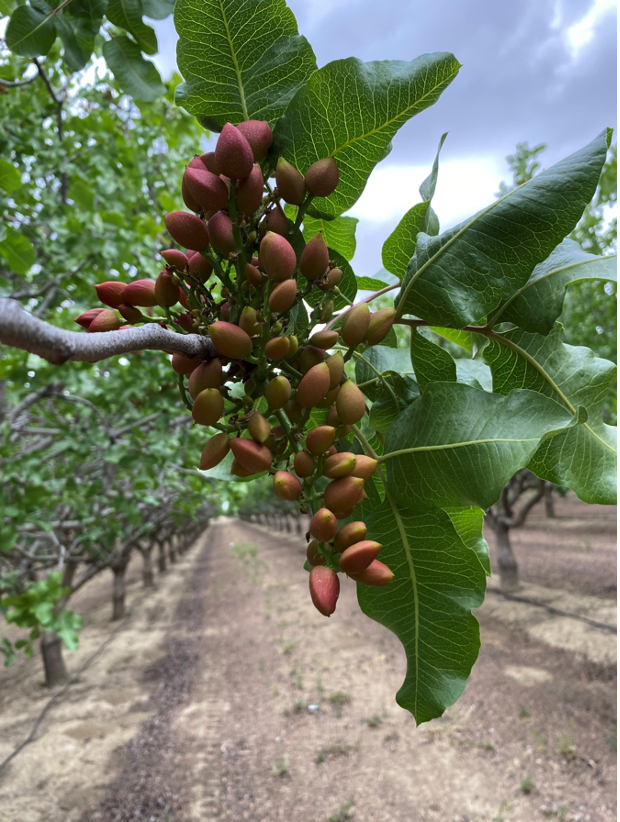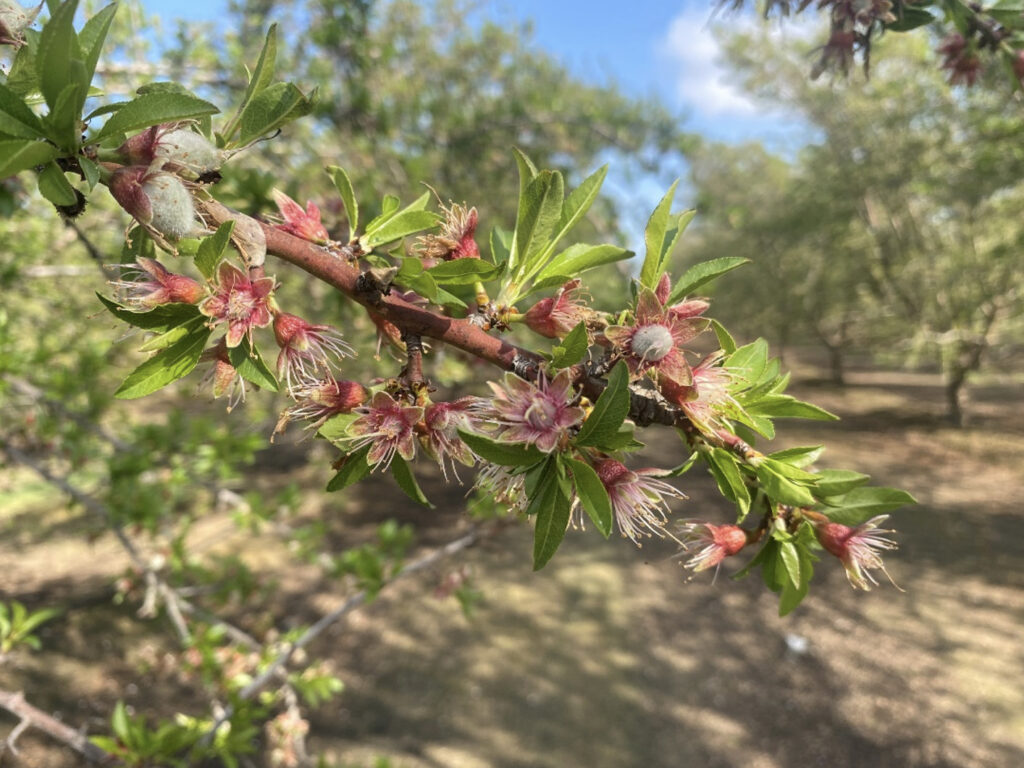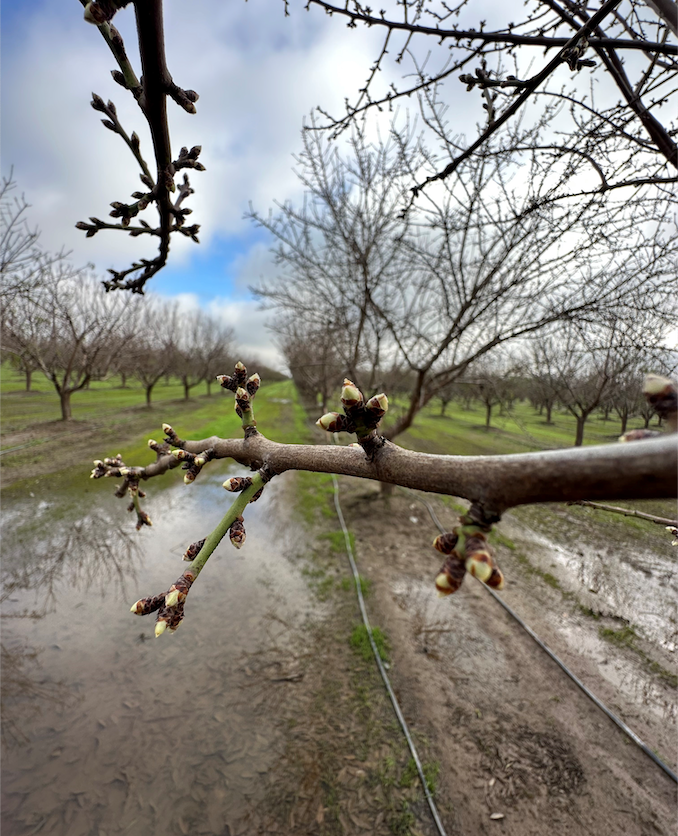Spring Pistachio Assessment

By Derek Toschi, CCA, CAIS With a cooler spring and wet winter, the 2023 California pistachio crop faces different challenges than previous years. The cooler weather has delayed the crop in many parts of the state and the March rain kept soil saturated longer into the season and lowered early season irrigation requirements. Irrigation timing […]
March Almond Assessment

By Derek Toschi, CCA, CAIS The wet weather has continued into the 2023 spring in much of California which has presented new challenges we haven’t faced in recent years. Most of my almond irrigation consulting is done along SR 99 between Mettler and Kingsburg. Right now, I am seeing region differences in water uptake and […]
January Pistachio Assessment

By Travis Goldman, CCA, CAIS One thing that we have lacked over the past two years is winter rains to help reset our soils. 2021 and 2022 irrigation management was quite tough because what problems we ended with the previous year lingered in our rootzone. In 2022 we faced both dry and salty soil conditions […]
January Almond Assessment

By Travis Goldman, CCA, CAIS The 2022/2023 winter has been a significant change of pace for all of us in California. Just last year I was writing rehydration irrigation recommendations and schedules for the month of January to combat dry soil profiles to prevent stress before vascular rehydration. This January I am faced with a […]
Post-Harvest Irrigation in Wine Grapes

By Travis Goldman Post-Harvest irrigation management in wine grapes is just as important as any other permanent crop. Despite the fact the vine is no longer supporting grapes, we still have to maintain proper water availability to the vine to support vine function. By reducing stress our vines, we will allow the crop to continue […]
What are anaerobic conditions and how do they affect your crop?

Farmers, as well as nature, can create hypoxic soils. In extremely wet years, there is very little growers can do to avoid losses resulting from saturated soil conditions. During winter months, cooler temperatures can help to reduce the effects of saturated conditions because both soil microbial activity and plant growth is limited. On the other […]

